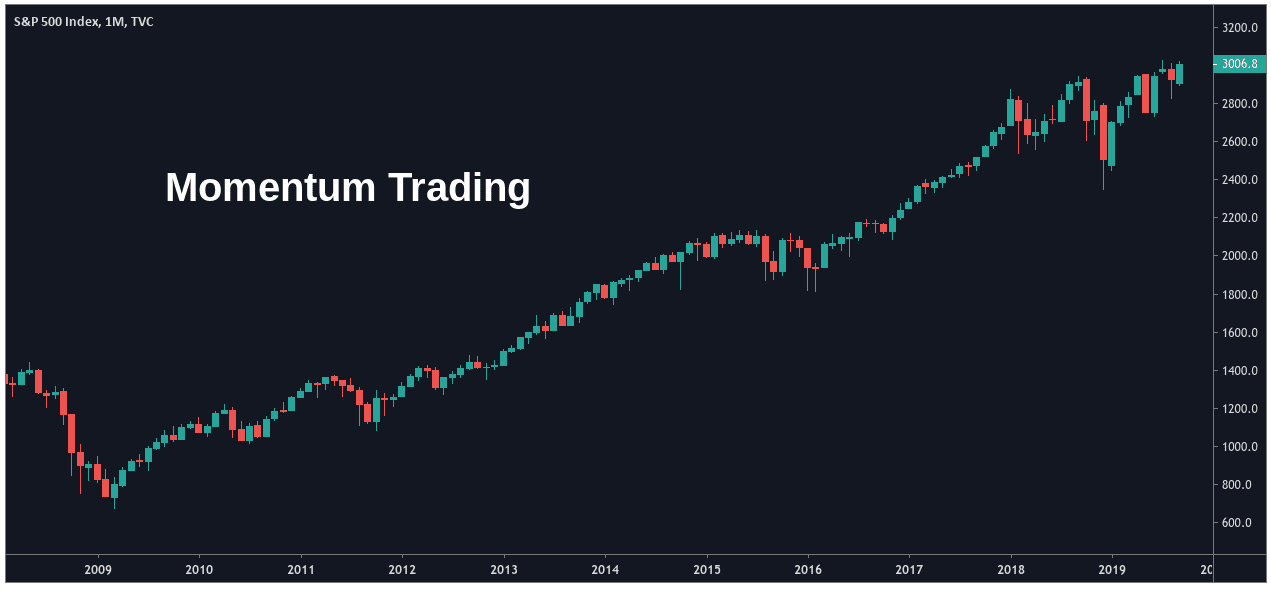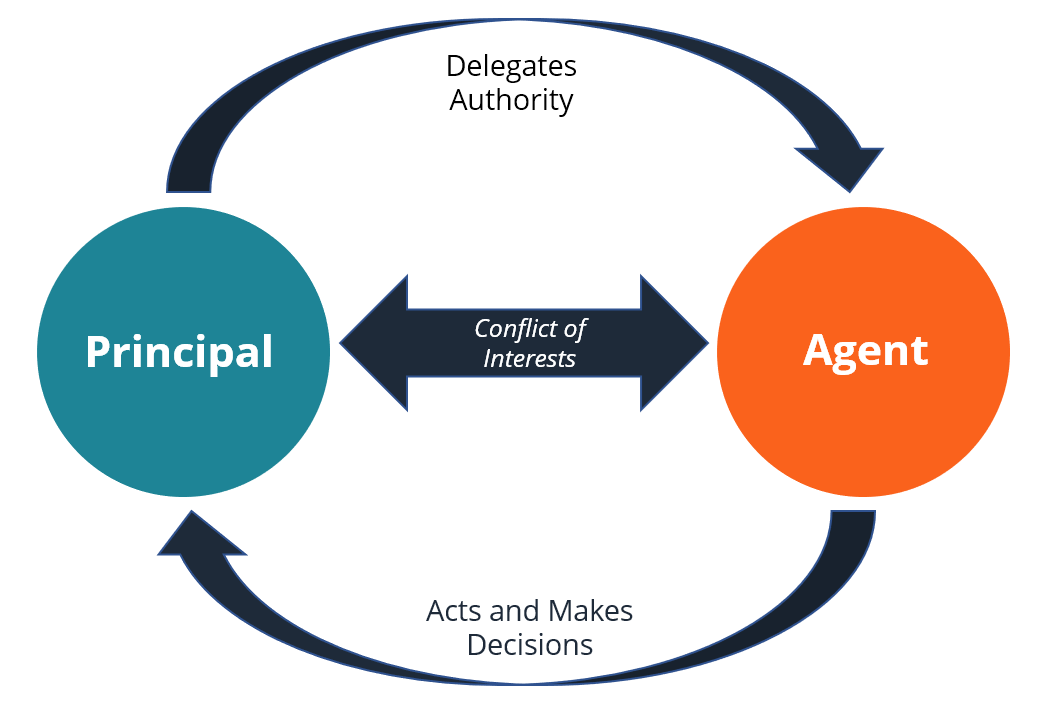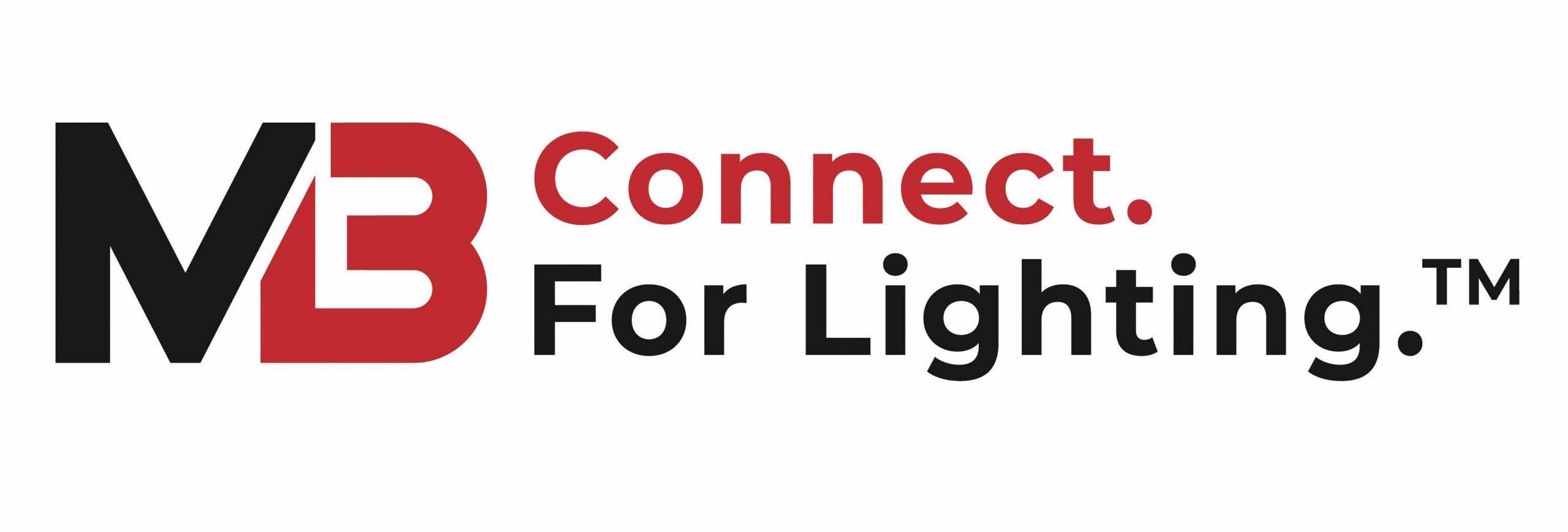Forex Trading
Backward Integration Definition, Examples, ADV & Disad

Big companies tend to have large overheads, so it might be more cost effective to buy raw materials from small manufacturers. Synthetics, steel producer Mukand Ltd, adhesive manufacturer Parekh and Apollo Tyres have in common? Each of these companies is either setting up or planning to set up a project to reduce its dependence on others for raw materials or components. The efficiency of the company is backward integration example in india one of the most important factors to consider when we talk about the success of the business. While backward integration helps a great deal in cutting the costs of the company, it also helps a lot when it comes to the improvement in the efficiency of the company as well. Like a living organism, companies and brands needs to evolve continuously at the same time stay relevant for the parent company too.
- Integrating backward will enhance the Company’s ability to meet the customer’s demand.
- The acquisition meant that Inditex’s brands were able to more quickly respond to change in fashion trends, as well as benefitting from lower costs of distribution and increased customer transparency.
- While companies often opt to acquire and take over third parties, an alternative strategy is to build the required operations in-house.
Managers tend to eye opportunities for vertical integration with greater favour than horizontal integration (two competing players in a particular product market coming together). In the month of June an announcement came from Reliance Industries about company’s intention to sell its textile business along with ‘Only Vimal’ brand. The textile business’s contribution to Reliance is less than Rs 2000 crores, marginally over 2%. The group seems to be not interested in any business with an annual return less than 12%. Backward integration is likely to become a bigger theme in M&A in the years ahead as companies aim for fully sustainable supply chains. RIL started off as a textile enterprise producing textile and synthetic fabric in the 1970s and eventually moved into their supply industries.
Is AI the death knell for traditional supply chain management?
In 2017, Zara acquired its largest supplier, IndiPunt, which it already controlled a majority stake in. The acquisition meant that Inditex’s brands were able to more quickly respond to change in fashion trends, as well as benefitting from lower costs of distribution and increased customer transparency. The Jamnagar complex soon saw expansion projects to add production capacities for other chemicals such as Mono Ethylene Glycol (MEG) and Paraxylene (PX) in addition to PTA.

There might be some drawbacks to the process as well due to the lack of competition in the supplier industry. One of the most important things to remember about the strategy is that the company needs to use it correctly and at the proper time to ensure the best results. The companies will be able to control the product manufacturing with the help of the information about raw materials, and that is one of the most important things for sure. They will have a certain clarity when it comes to the start as well as the end product. Backward integration happened when the company would integrate a proper vertical integration and moves a few steps back into this particular supply chain in the industry. The reality is that moving away from a specialization is never an easy path for companies.
Acquisition Strategy vs. In-House Build
The company may be forced to utilize all its cash reserves and even take up more debts to finance the acquisition. If the company is unable to repay the debts or enjoy the benefits of the acquisition, it will face the risk of default and even liquidation. Peloton integrated backward in 2012 into organization-owned hardware manufacturing after initially relying on contract manufacturers. There is a Chinese company which manufactures and assembles Iphone named Foxconn and then the finished product is sold by Apple.

In the case of the competition lack, there will not be an increase in innovation, and as a result, the quality of products will also decrease too. The company might also become less efficient in the process, and then there will be losses all over. Instead of acquiring or buying a company, if Ford starts manufacturing all the iron and steel components on its own, then it would also be termed as Backward Integration. When we talk about backward integration, we also name it as vertical integration, and that is achieved when the company includes different segments of the supply chain. These companies always pursue the path of backward integration when they need to improve the efficiency of the company and also ensure cost savings.
How Does Backward Integration Work?
In this scenario, a retail supplier is purchasing one of its manufacturers, therefore cutting out the intermediary, and hindering competition. The company obtained exploration and production rights for the Krishna Godavari basin D6 block – India’s largest discovered gas reserves. True to form, RIL has entered the gas production business with scale & technology, signing farm-out agreements with the likes of BP and Niko to ensure production at low cost and with scale. However, RIL being RIL has not been content to rest on its laurels in the petrochemical sector.
Think of it as adding a new vertical or line of business on the organization chart horizontally. When the organization expands into the business area of its upstream suppliers or downstream consumers, it is engaging in vertical integration. With backward integration, you make vs. buy products from the acquired supplier. Your company will be able to reduce costs by eliminating the profits earned by middlemen or vendors at an earlier stage in the supply chain. The supply chain process comprises many middlemen, which means that each phase in the supply chain includes a mark-up to allow the middleman to earn a profit. Thus, by the time the product gets to the company’s warehouse, the price will have doubled or tripled.
Backward Integration was not a chance but a well crafted strategy of Reliance
It is impossible to conceive of these two activities as anything but an integral whole, so much so that the case for vertical integration stands already established. Veyance Technologies was a manufacturer of rubber products for industrial companies. Continental expects to expand its global position in rubber and plastics technologies and further increase the proportion of industrial and end-customer sales. The benefits of backward integration are understood if we look closely at the production levels and technologies behind them. The production process is divided into three stages—assembly, sub-assembly and component stage. An example of backward integration might be a bakery that purchases a wheat processor or a wheat farm.
Does buying sustainable brands make eco-nomical sense to Indians? – The Economic Times
Does buying sustainable brands make eco-nomical sense to Indians?.
Posted: Tue, 25 Jul 2023 07:00:00 GMT [source]
While Reliance Industries is a shining example of a successfully integrated company in the oil and petrochemical sector, not all fully integrated businesses have emerged successful. IBM, Digital Equipment Corporation or a Burroughs Corporation did possess well integrated companies in the IT industry. To the contrary, Apple, with no backward linkages, has emerged as the most successful company in global history. From here on, a succession of backward integration moves across a range of petrochemical products helped make Reliance a giant on the Indian manufacturing landscape. In some instances, two adjacent value-creating activities are so integral to one another that vertical integration seems to most logical thing to do. A case in point is the value creation achieved in reducing iron ore into molten metal and its subsequent conversion into steel.
As usual, RIL relied on scale and technology to negate the risks of backward integration going on to build the world’s largest refining complex at Jamnagar in Gujarat. After riding the textile bubble, when growth began to slow, RIL once again utilized backward integration to maintain its relevance and to stay ahead of the competition. If you look at RIL, you can easily observe how it transcends the entire value chain – right from obtaining the resource to its transformation into multiple goods and services. Very few companies across the globe straddle the Energy, Chemicals, and Resources sectors the way Reliance does. Backward integration brings risks as well as rewards to a viable acquirer or merger partner.
The other type of vertical integration is “forward integration”, which describes companies moving closer to the end customers. Upon completion of the acquisition, the company moves further from serving its end markets directly and is now more oriented around product development and manufacturing. Backward Integration is a strategy where a company gains more control over the functions in the earlier stages of the value chain, i.e. moving “upstream”. Backward integration is a particular business strategy that is being used by companies from all over the world to ensure the success of their business. Different companies always integrate backward to create differentiation of the products from their competitors in the industry. Since the company has some control over the chain of supply, the company will be able to control the production of certain materials as well as the amount of production too.
Furthermore, these companies also handle all their own marketing and retail sales activities through branded showrooms. While the company may wholly own some of these, others are operated by third parties, often under a licensing or franchising system. Instead of owning its suppliers, a company might acquire its distributors or another company further down the supply chain that brings the company’s product closer to the ultimate consumer of that product. For example, if a baker makes cupcakes and then acquires an outlet that can sell those cupcakes, they are practicing forward integration. Backward integration can be capital intensive, meaning it often requires large sums of money to purchase part of the supply chain.
This is a form of vertical integration, where the company performs tasks that were formerly performed by its suppliers. Companies pursue backward integration when it is expected to result in improved efficiency and cost savings. For example, backward integration might cut transportation costs, improve profit margins, and make the firm more competitive.
Successful Post-Merger Integration: How to Realize the Synergies
Integrating backward will enhance the Company’s ability to meet the customer’s demand. It may also help it provide customized products since now it holds the production capacity internally rather than sourcing it from the market. Apple is the only company who uses all techniques and we can say that it is vertically integrated into everything. So if the furniture company wants to enhance its sales they can acquire distribution and retail channels.
Importance of backward integration in manufacturing – Times of India
Importance of backward integration in manufacturing.
Posted: Thu, 15 Jun 2023 07:00:00 GMT [source]
Reliance Industries demonstrated this throughout the 1980s in the most telling manner possible. Until the 1970s, Reliance was one of 100 other players in the synthetic yarn and textiles business. True, its capacity for managing the regulatory environment did give it some advantage in sourcing its requirement of imported raw material over its rivals in the fibre and textile business. Nor could it have grown to this size by continuing to be engaged in the yarn and textile business. Backward integration affords a business better control over access to inputs than would be the case if it was operated as a standalone entity. If the input in question is a scarce natural resource, it makes the case of vertically integrating with a raw material supplier all the more compelling.





